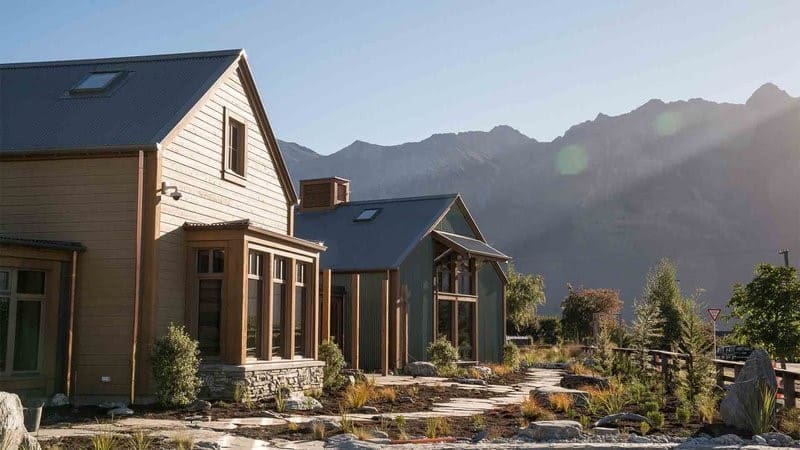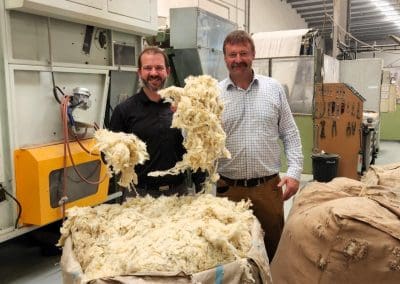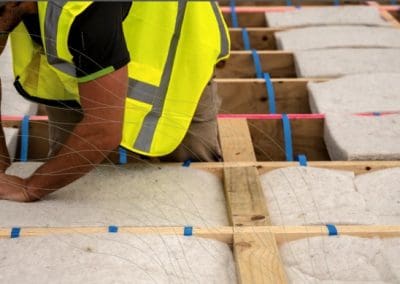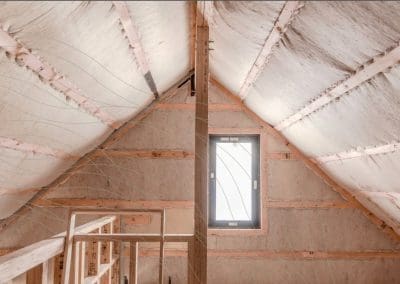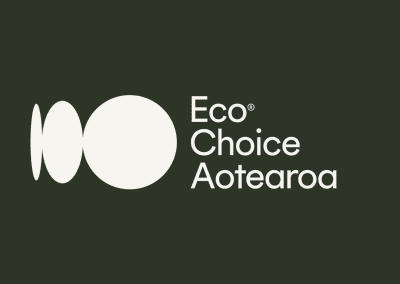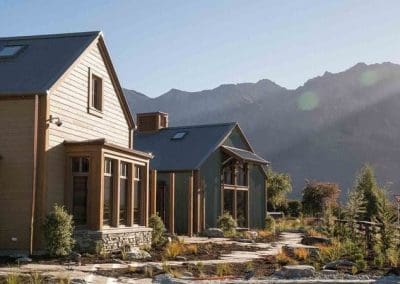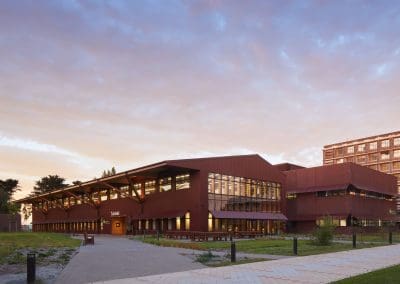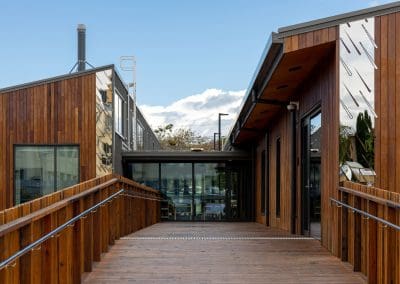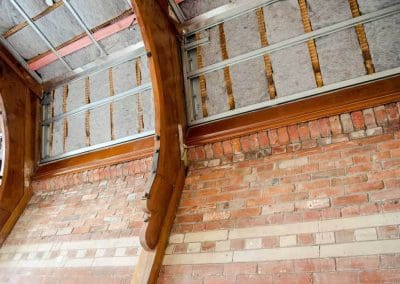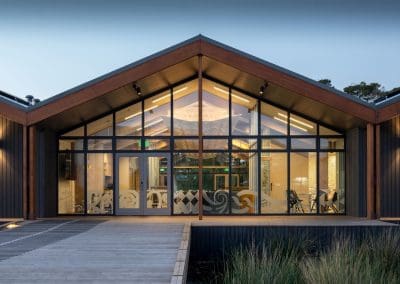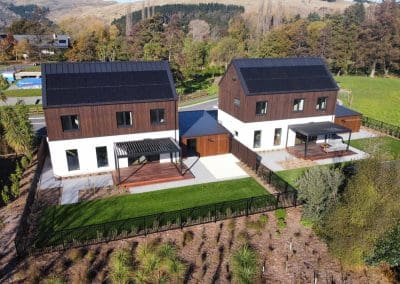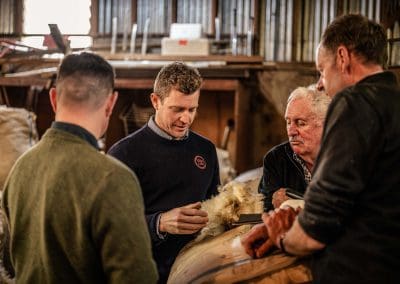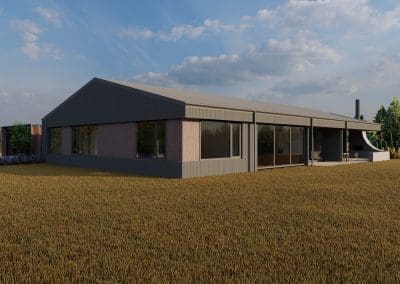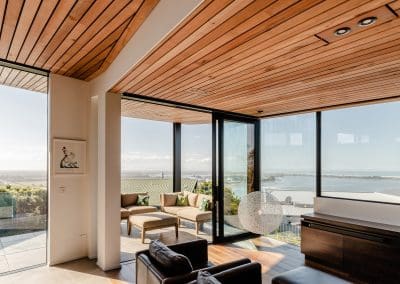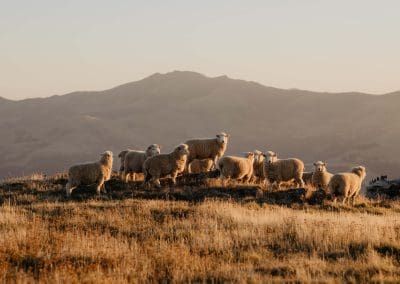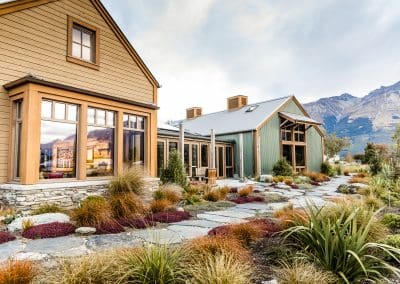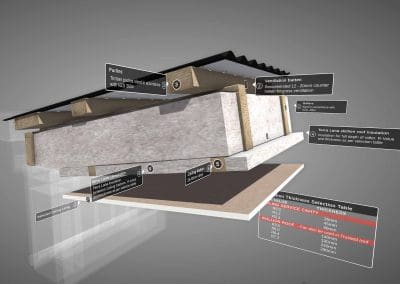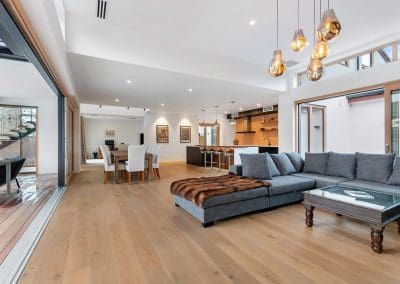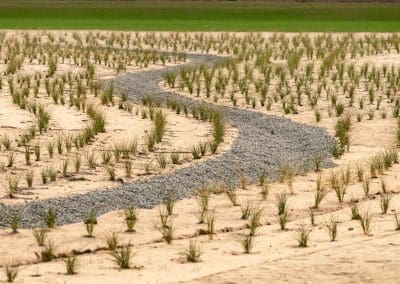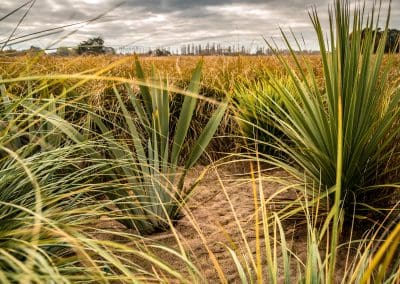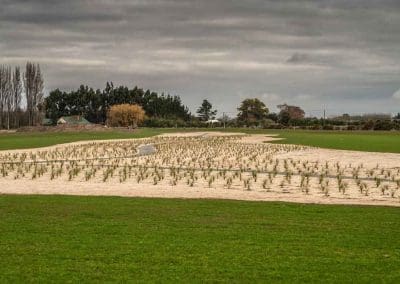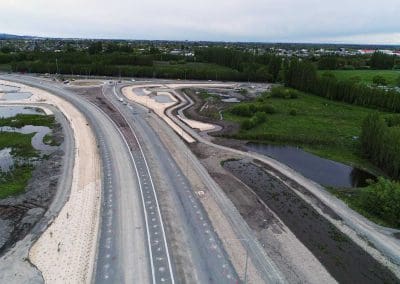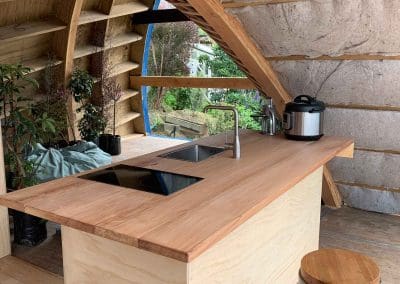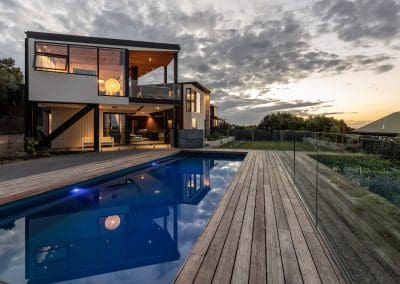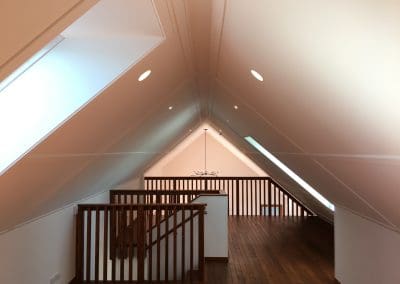Camp Glenorchy is an eco-retreat designed to work in harmony with its environment. Located near Fiordland, the project follows the Living Building Challenge (LBC), one of the world’s most demanding sustainability standards. Terra Lana wool insulation, chosen for its natural thermal performance and sustainable credentials, is a key part of the construction.
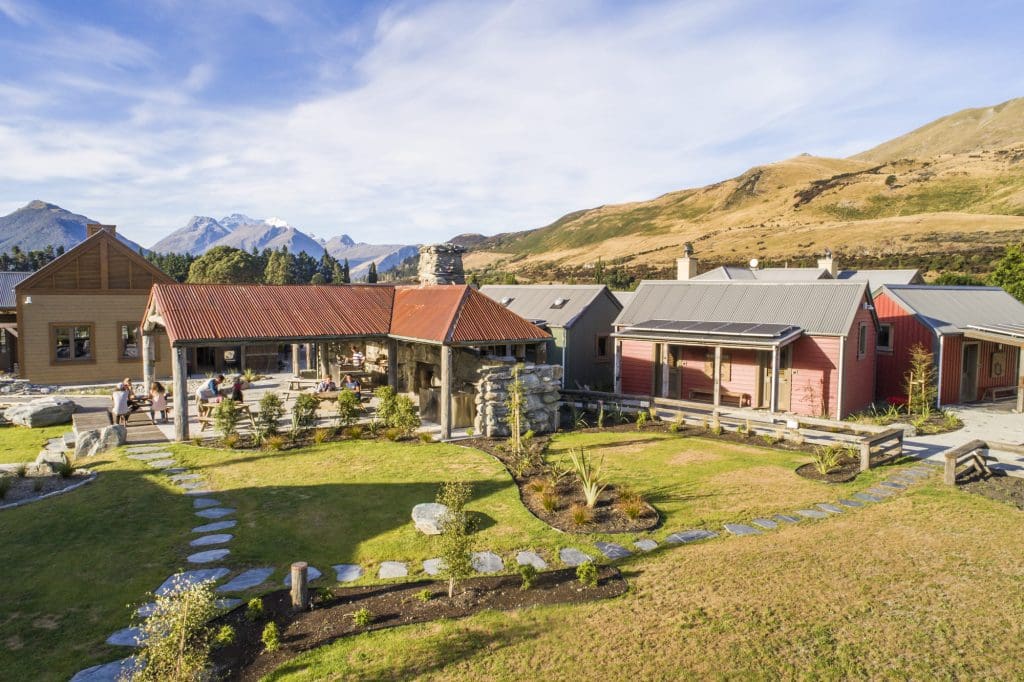
A practical approach to energy efficiency
From the beginning, Camp Glenorchy was designed to reduce energy use and make the most of natural resources. The buildings are positioned for optimal sunlight, incorporate thermal mass to retain heat and include natural ventilation to regulate temperature.
Material selection was also a key focus, with each product meeting strict environmental and health criteria. Terra Lana wool insulation was selected for its high thermal performance, non-toxicity and local sourcing—making it a practical choice for both energy efficiency and indoor air quality.
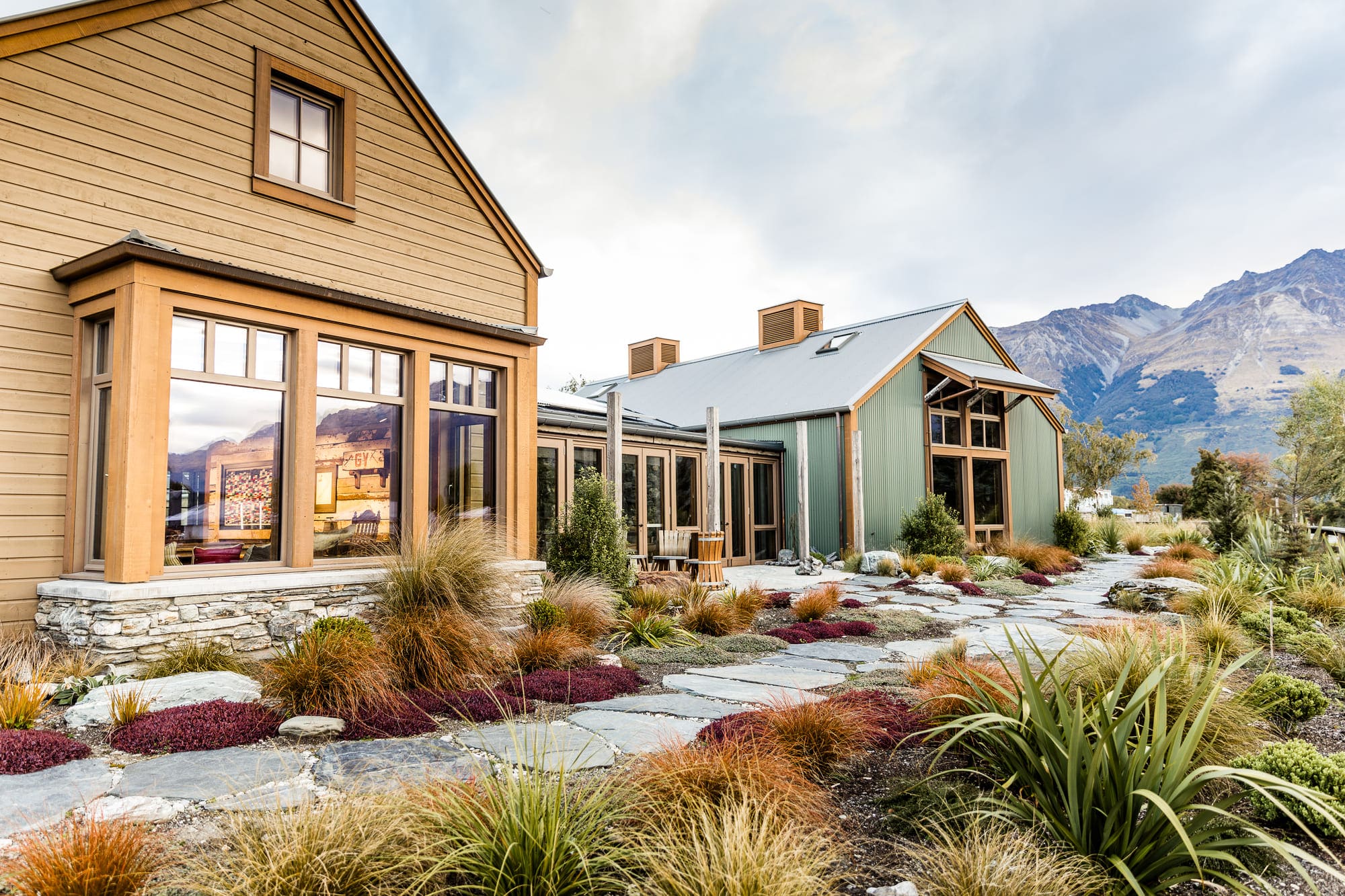
The value of Declare certification
Transparency in building materials is becoming more important, especially for architects and specifiers working to meet sustainability goals. Terra Lana’s wool insulation is Declare-certified and free from harmful chemicals, making it a straightforward choice for projects aimed at occupant health and long-term performance.
By using Declare-certified products, Camp Glenorchy sets an example for integrating sustainable materials into high-performance buildings.
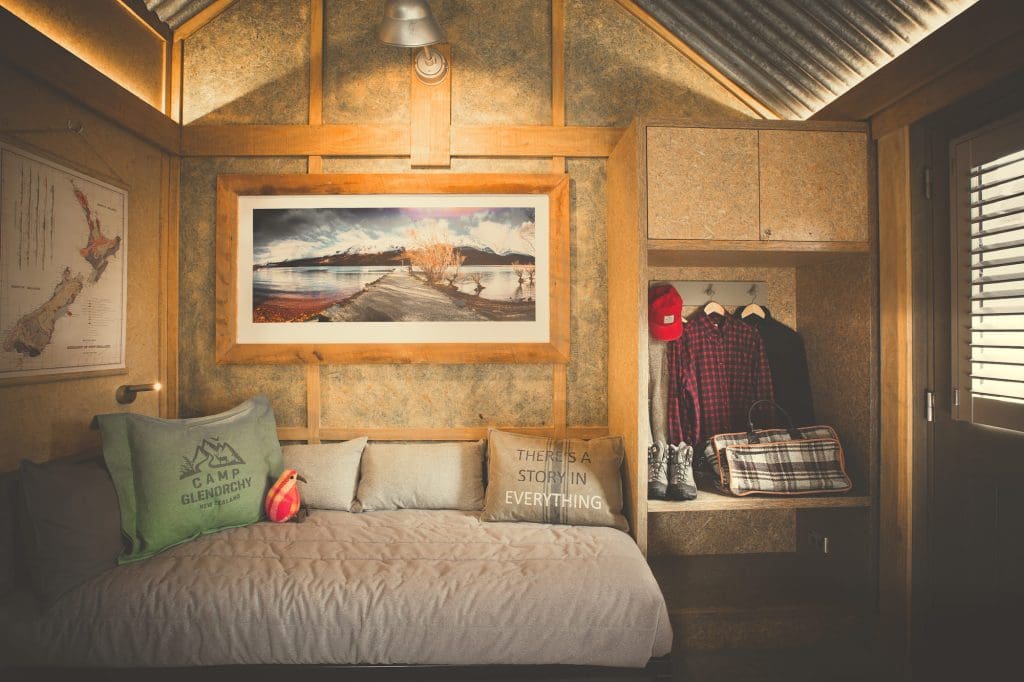
How wool insulation supports a healthy building
Wool naturally regulates temperature and moisture, helping to maintain a comfortable indoor environment. It reduces the need for heating and cooling, which lowers energy use, and it absorbs and releases moisture, helping prevent condensation and mould—critical factors for long-term building health.
Unlike synthetic alternatives, wool insulation retains its performance over time and can be recycled at the end of its life, making it a durable and sustainable option for architects.
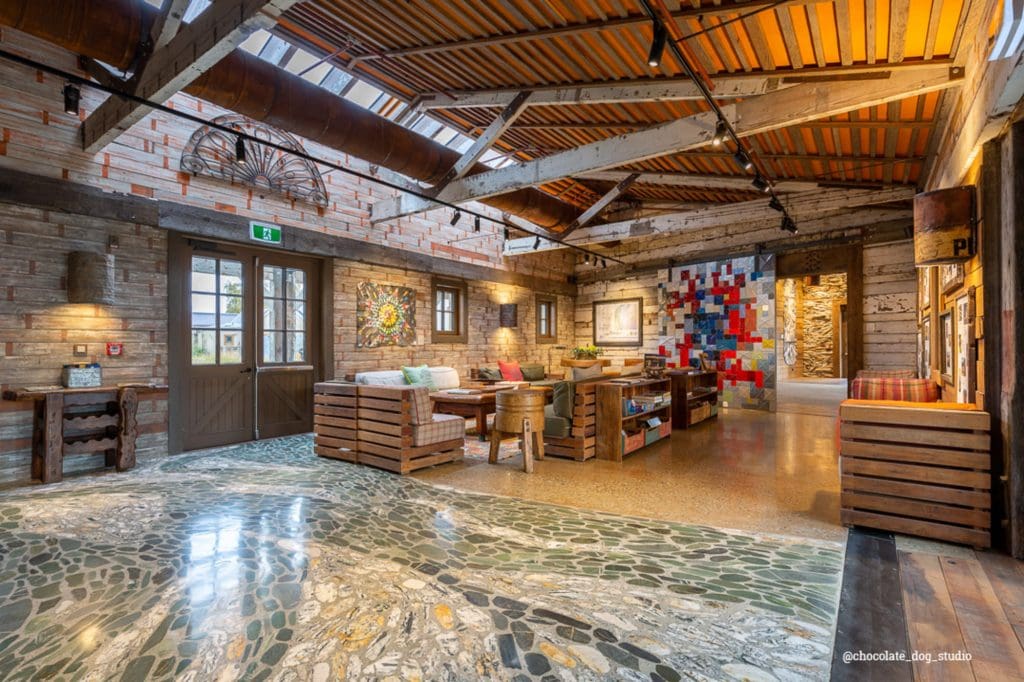
Lessons for future projects
Camp Glenorchy shows what’s possible when design, materials and sustainability are considered together. By specifying wool insulation, the project achieved strong thermal performance, supported healthier indoor environments and reduced its environmental impact.
For architects and builders looking for proven ways to improve energy efficiency and sustainability, Camp Glenorchy offers a practical example of how thoughtful material choices make a real difference.
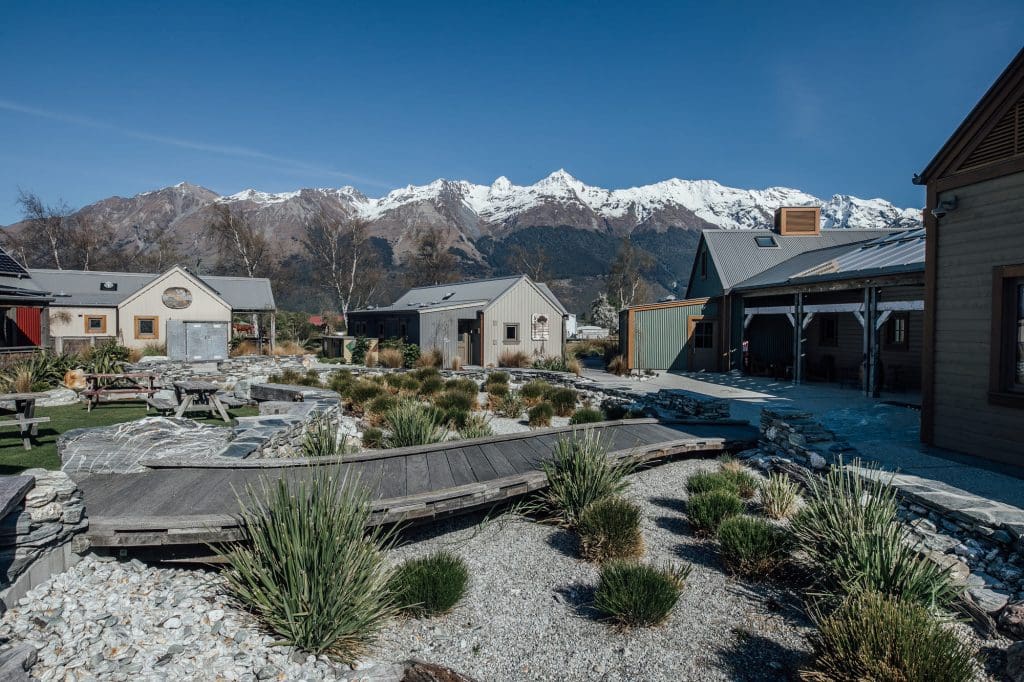
Talk to our team
Contact the Terra Lana team to find out which Terra Lana product is right for your project. Email spec@terralana.co.nz or phone 0800 485 262.
